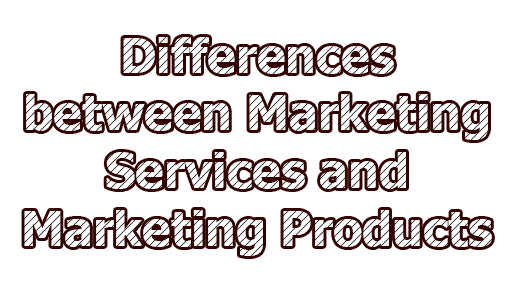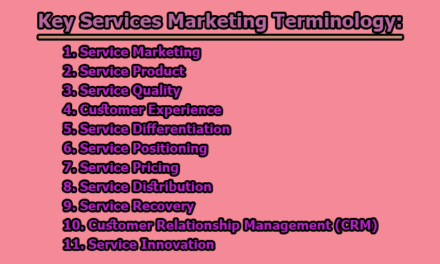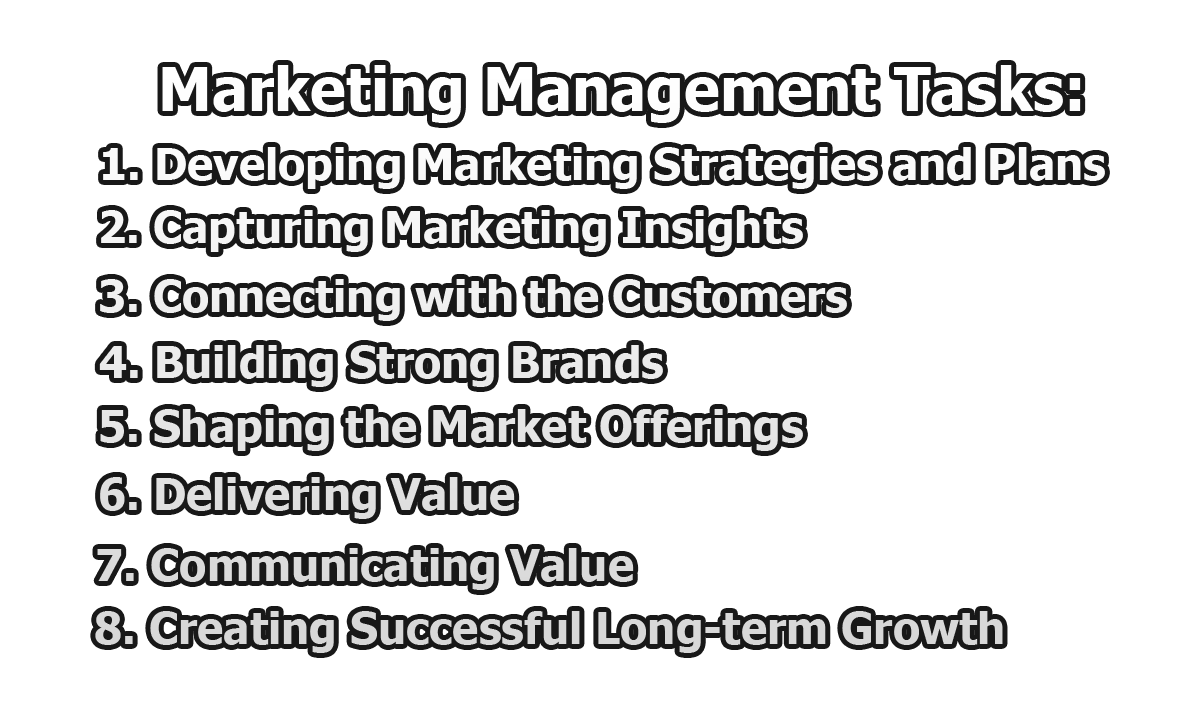Differences between Marketing Services and Marketing Products:
Marketing is a fundamental aspect of business strategy that plays a pivotal role in connecting a company’s offerings with its target audience. Whether a company is marketing products or services, the approach and strategies employed can vary significantly. Here, we will explore the key differences between marketing services and marketing products.
| Aspect | Marketing Products | Marketing Services |
| Nature of Offering | Tangible, physical items that can be touched, seen, and felt. | Intangible experiences or activities that cannot be physically possessed. |
| Ownership | Customers acquire physical ownership of the product upon purchase. | Services do not result in ownership; customers purchase the right to a service. |
| Marketing Approach | Focuses on highlighting the product’s features, specifications, and benefits. | Emphasizes creating a positive customer experience throughout the service encounter. |
| Customer Experience | Customer experience is important but often secondary to product attributes. | Customer experience is a primary focus to ensure satisfaction and loyalty. |
| Personalization | Products are typically standardized; customization options may be limited. | Services often require customization to meet individual customer needs. |
| Consumer Decision-Making | Consumers often engage in comparative evaluation, comparing products based on price, quality, and features. | Trust and the establishment of a relationship between the provider and the customer are crucial. |
| Decision Process | Product purchases may involve a more extended decision-making process due to numerous product options. | Service purchases may involve a shorter decision process, as customers seek immediate solutions or experiences. |
| Pricing Strategies | Cost-based pricing is common, considering production costs, materials, and markup. | Value-based pricing is prevalent, focusing on the perceived value and benefits to the customer. |
| Price Competition | Price wars and competition based on cost are more common in product marketing. | Price competition is often less intense, as value and quality can outweigh price concerns. |
| Relationship Pricing | Long-term customer relationships and loyalty may lead to premium pricing strategies. | Relationship pricing is more common, with loyal customers often receiving special treatment or discounts. |
| Inventory Management | Products require inventory management to handle stock levels, which can be costly. | Services typically do not require inventory management, reducing operational complexity. |
| Quality Assurance | Ensuring consistent product quality is essential and often involves rigorous quality control measures. | Maintaining consistent service quality through staff training and protocols is critical. |
| Staff Training | Less extensive staff training may be required, focusing on product knowledge and sales techniques. | Extensive staff training is essential to ensure a consistent level of service quality and customer interaction. |
| Marketing Challenges | Challenges include inventory management, maintaining product quality, and effective packaging and branding. | Challenges revolve around delivering consistent intangible experiences, managing customer expectations, and promoting services effectively. |
| Marketing Focus | Focuses on product attributes, packaging, and branding to differentiate from competitors. | Concentrates on creating a strong customer relationship, trust, and memorable service experiences. |
In conclusion, marketing products and marketing services each present unique challenges and opportunities. Understanding the fundamental differences between the two is essential for businesses to create effective marketing strategies. While product marketing focuses on tangible items, service marketing centers on intangible experiences. The marketing approach, consumer decision-making process, pricing strategies, and challenges associated with each also vary significantly. Companies must tailor their marketing efforts to the specific nature of their offering, whether it’s a product or a service, to effectively reach and engage their target audience and achieve business success.

Library Lecturer at Nurul Amin Degree College










